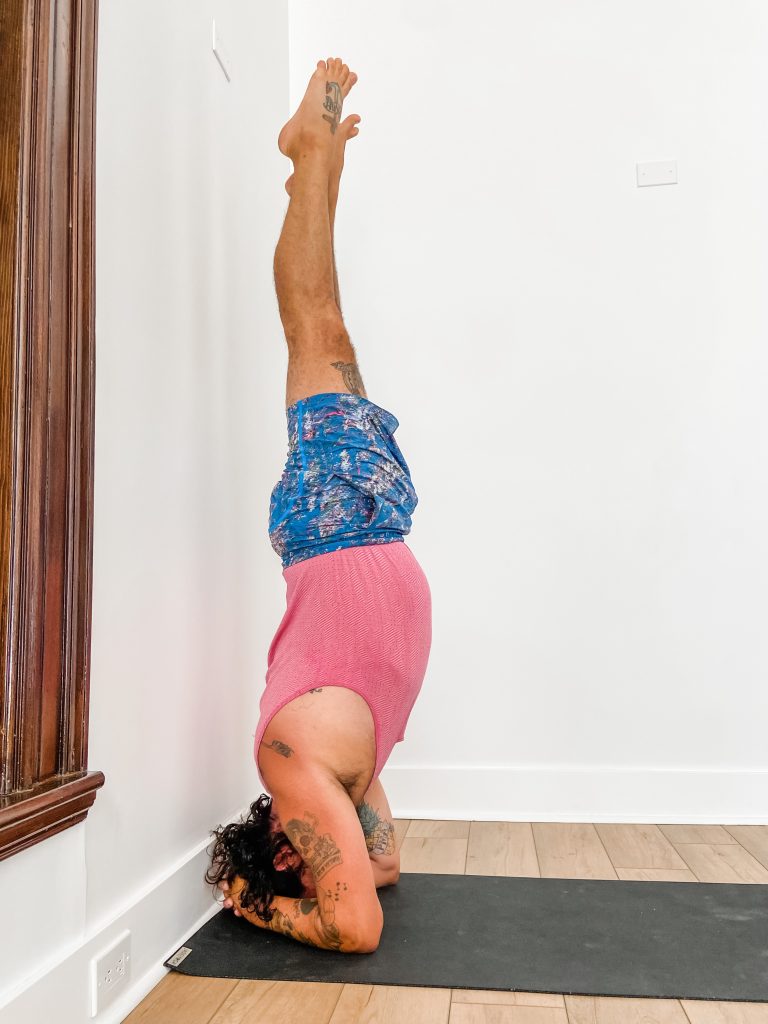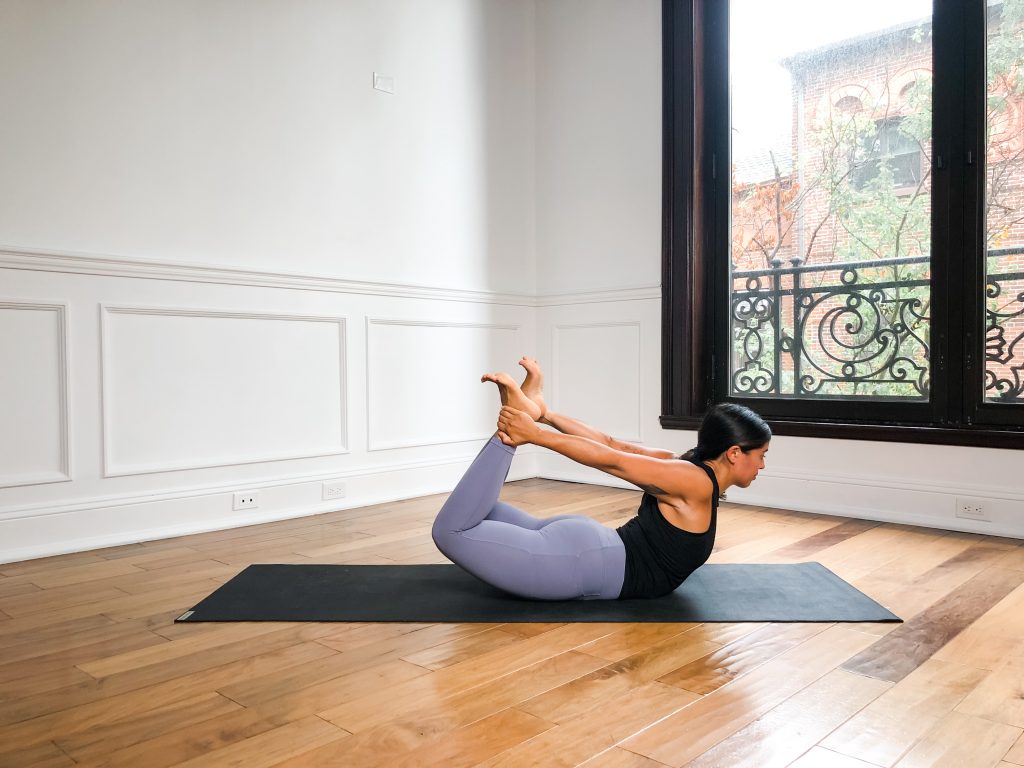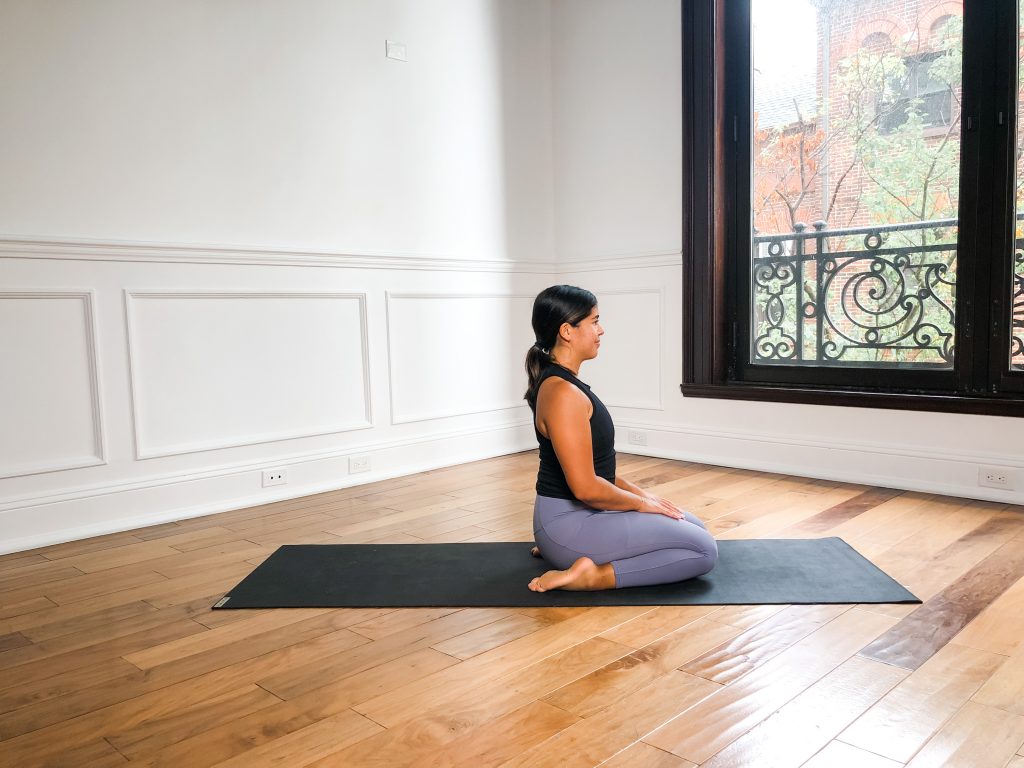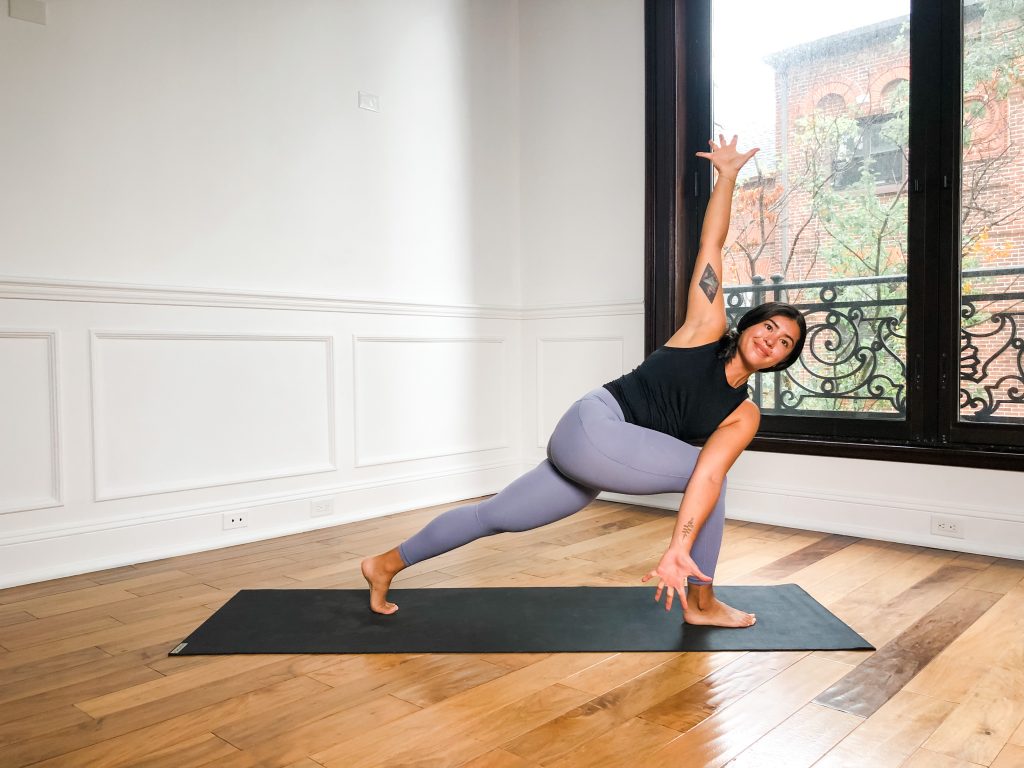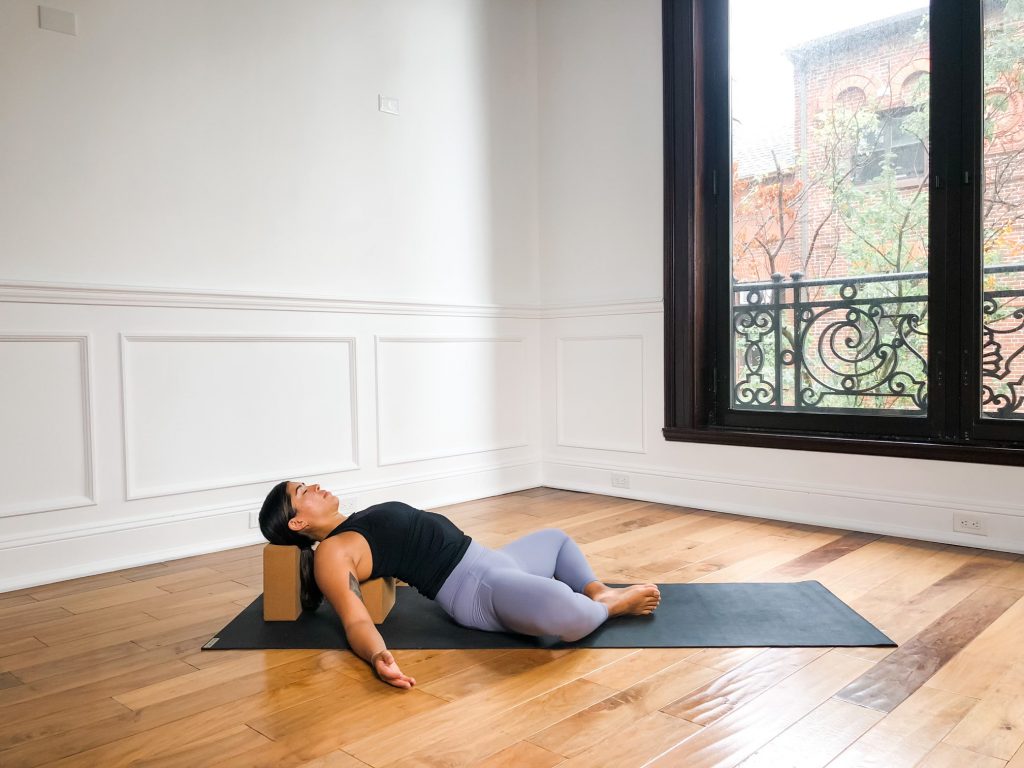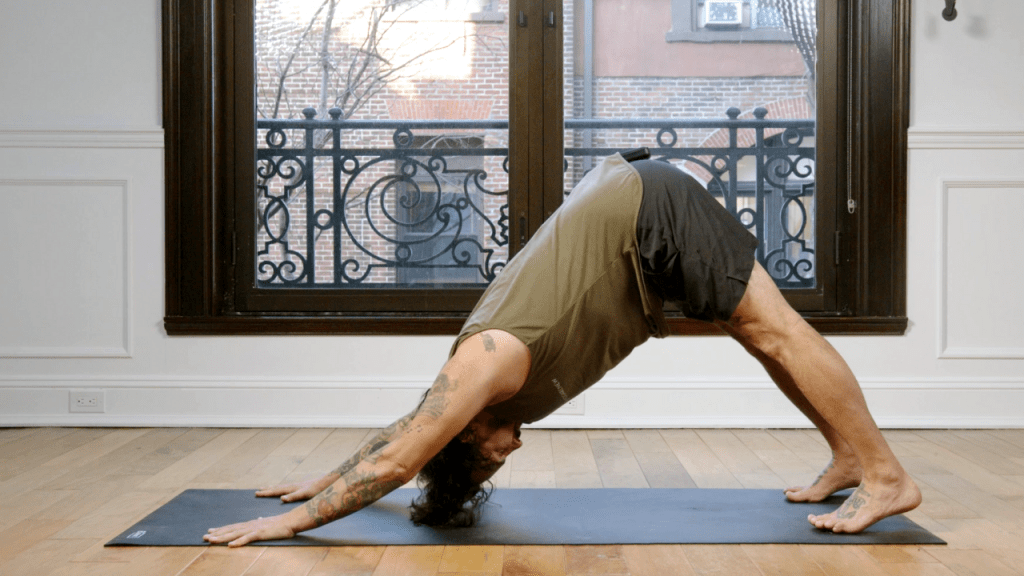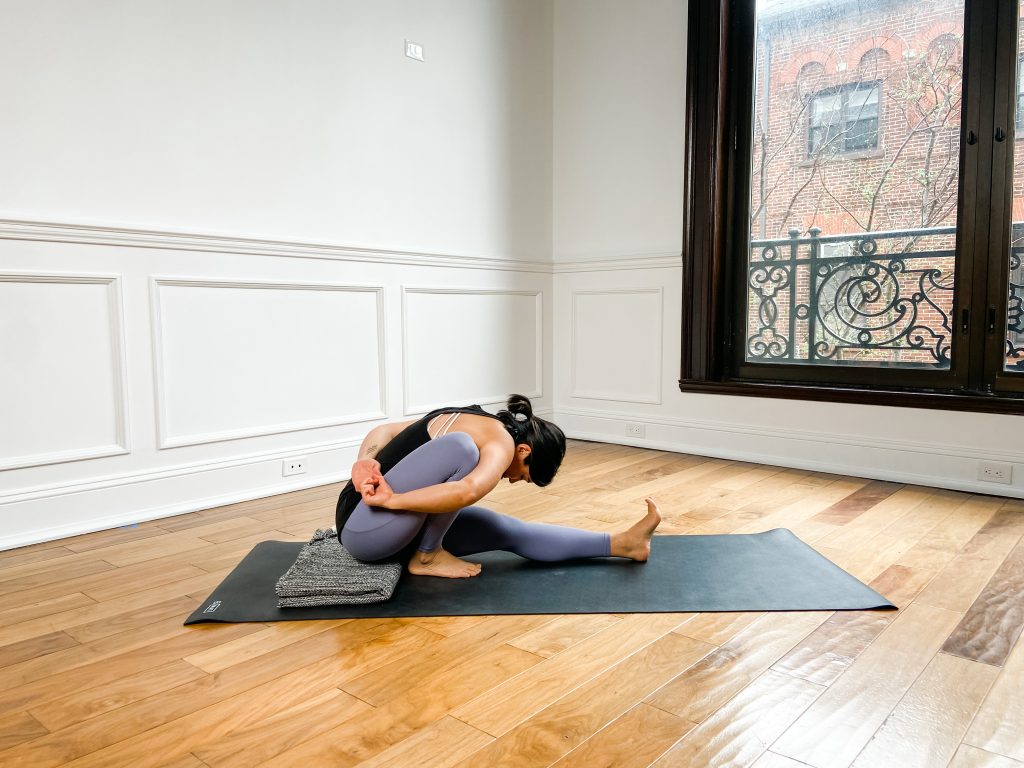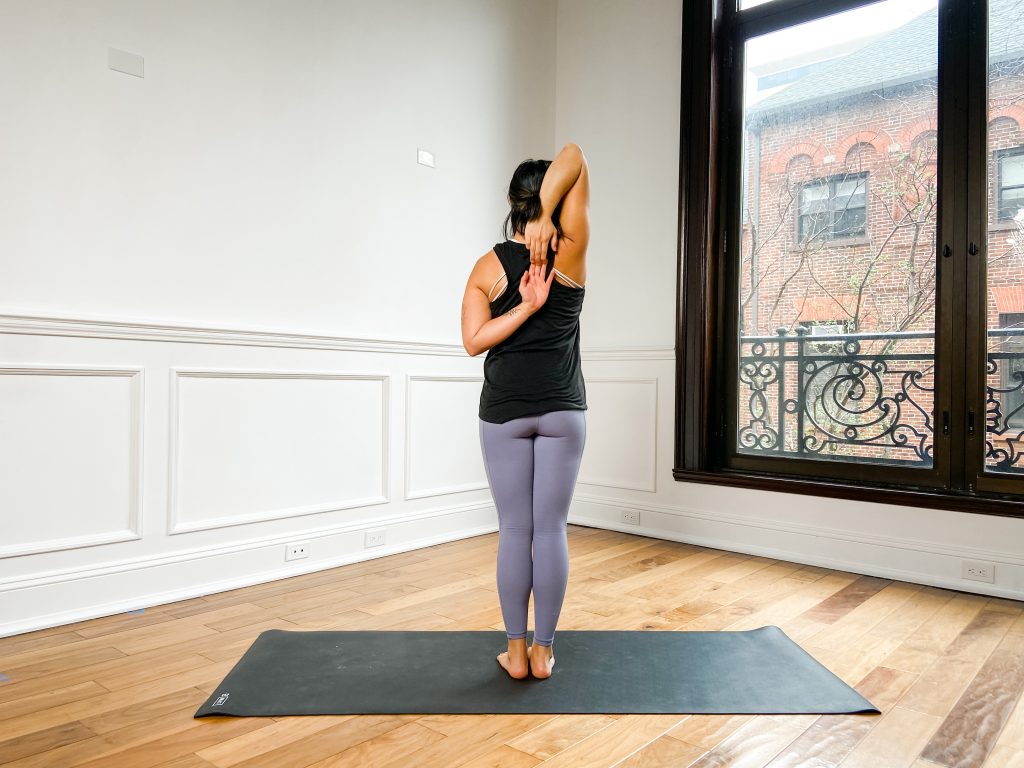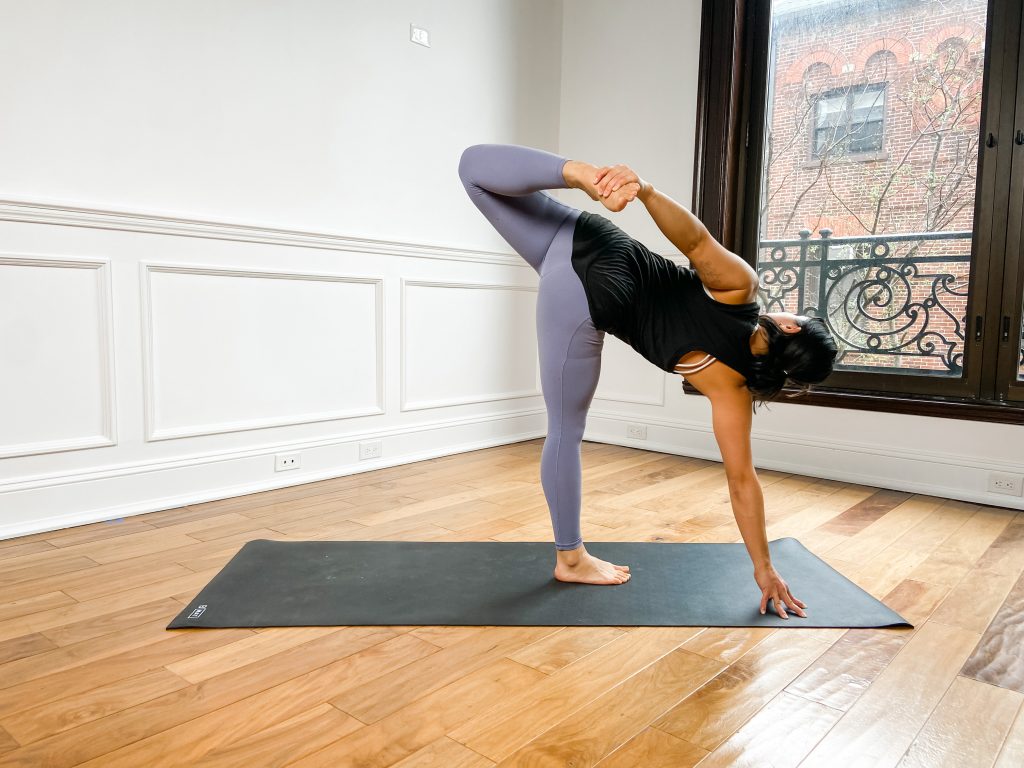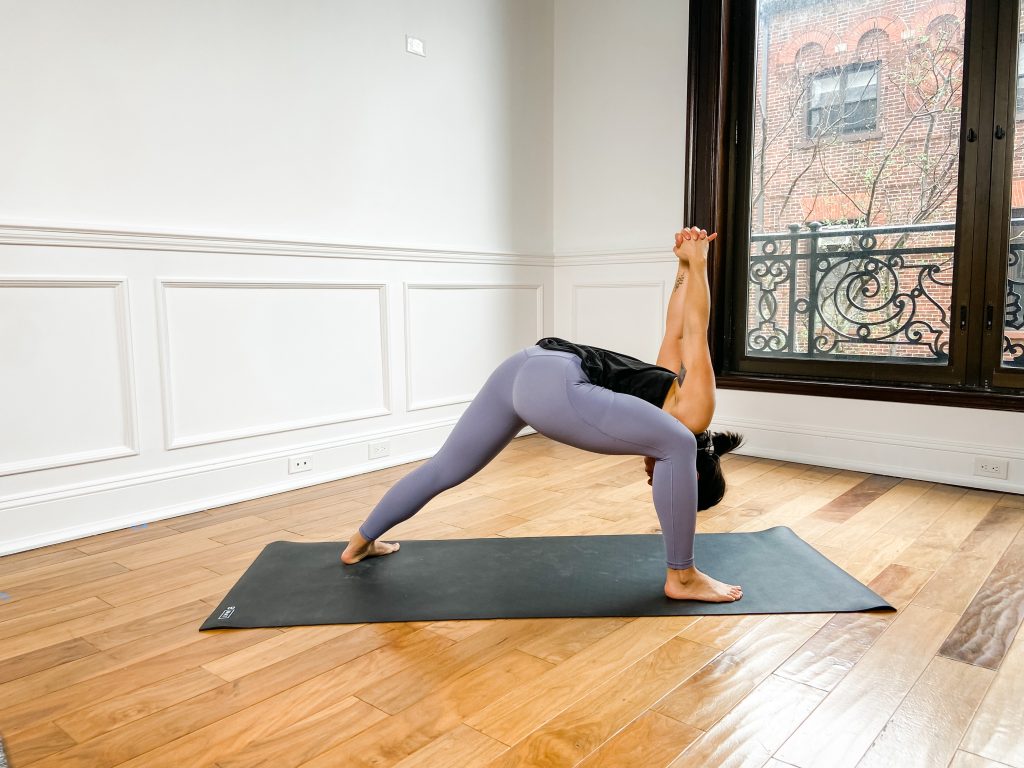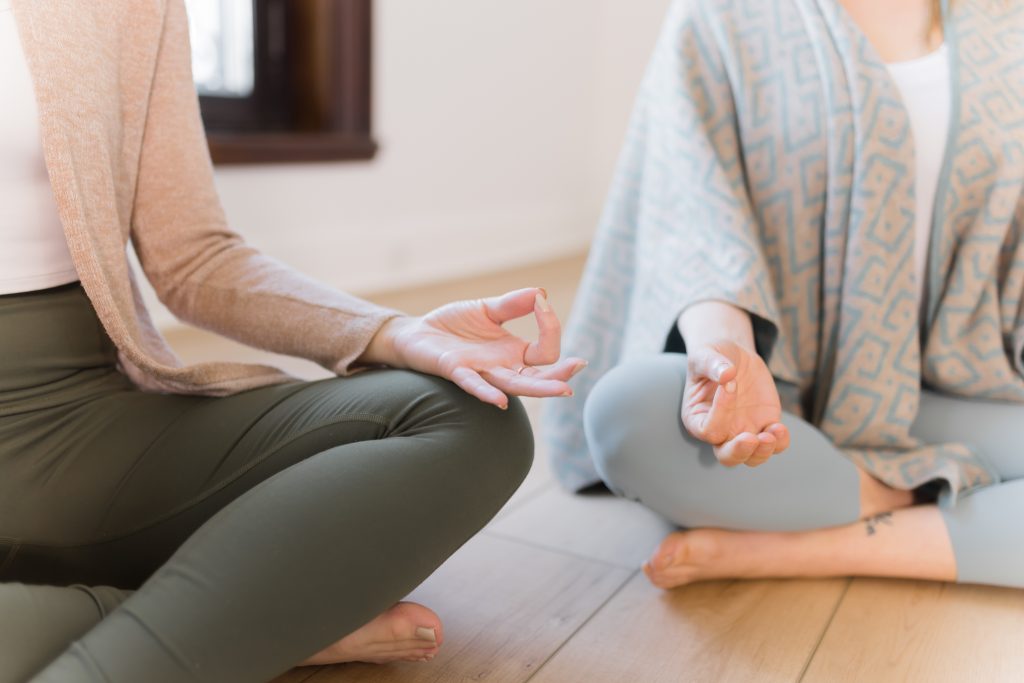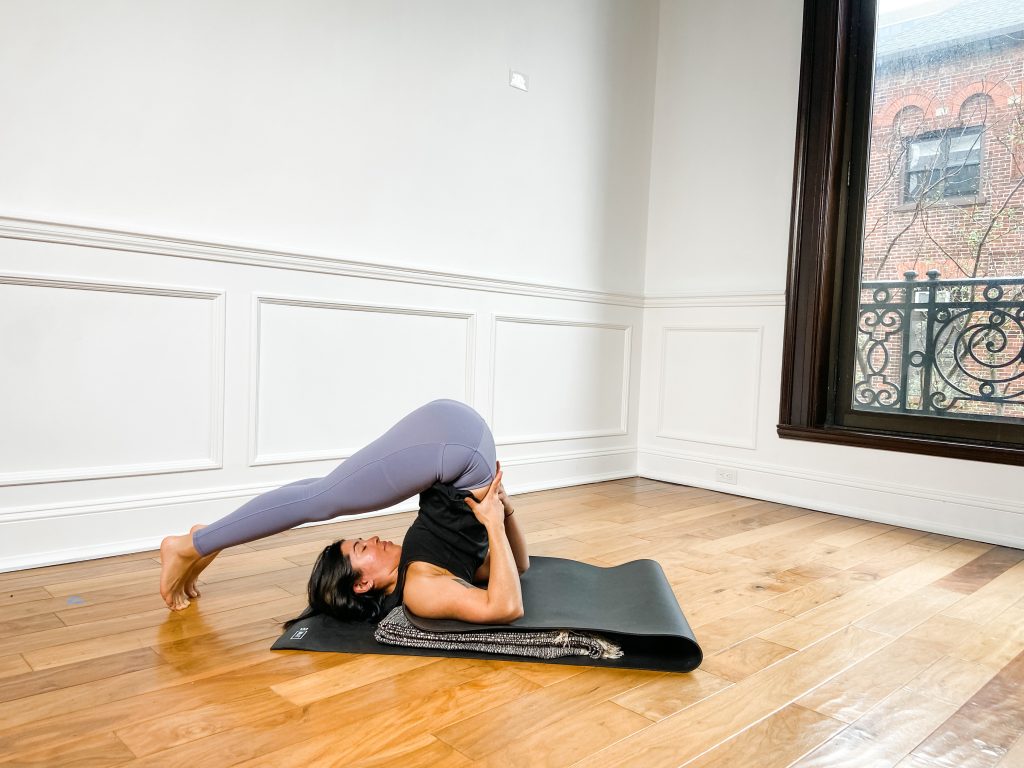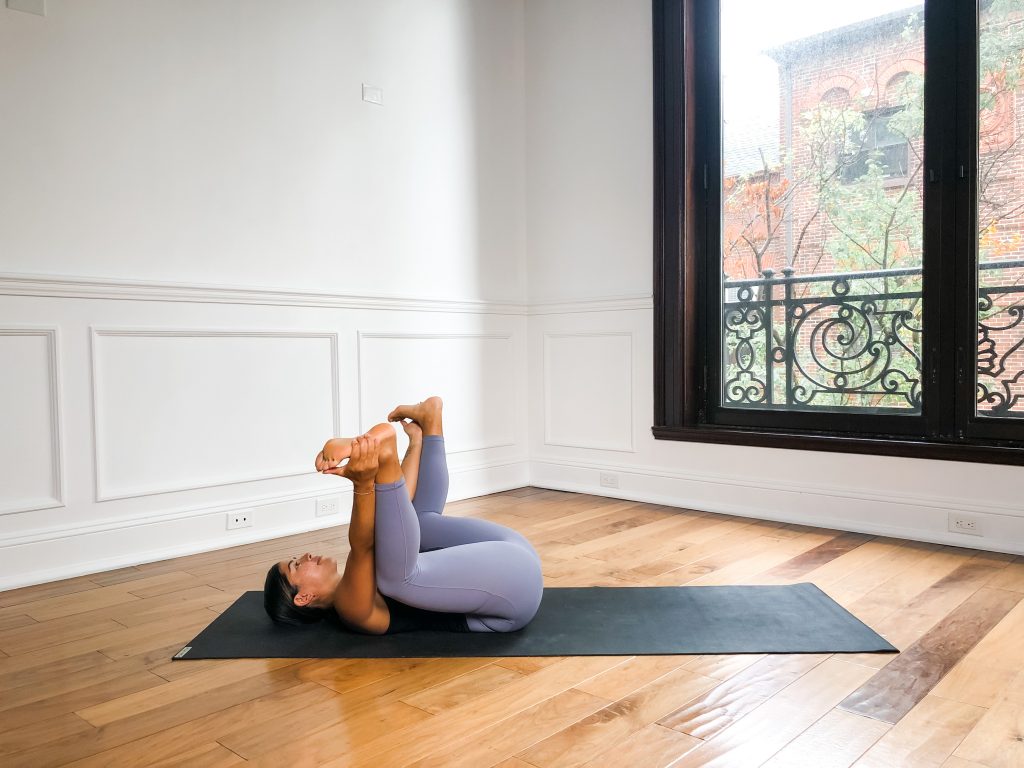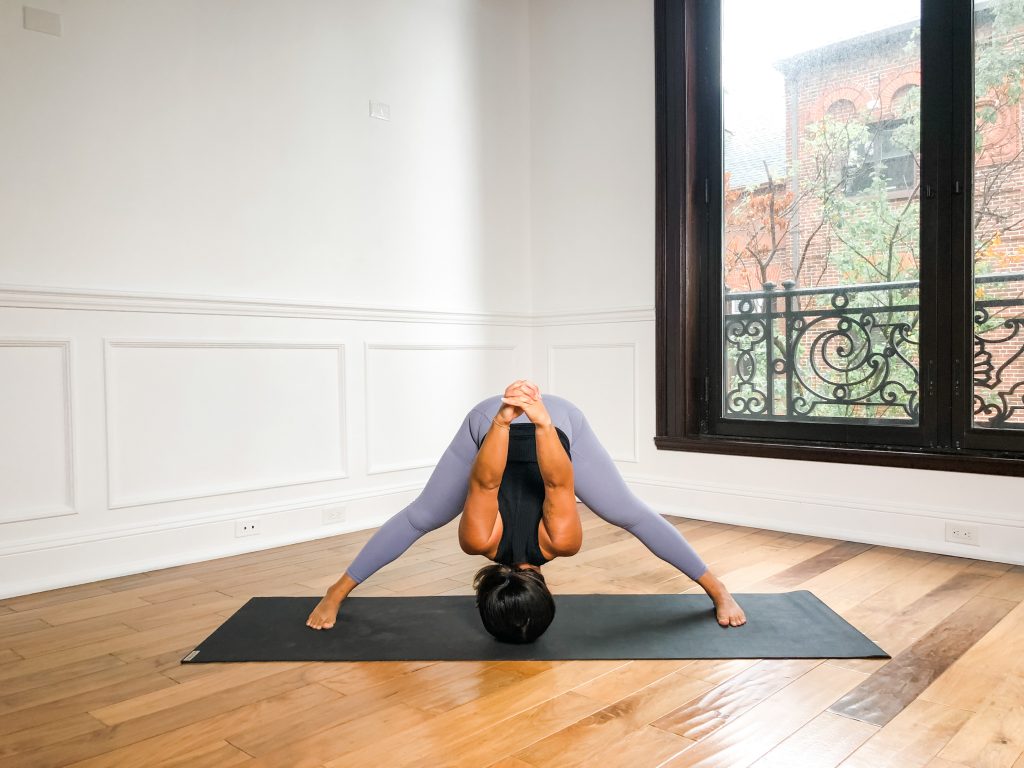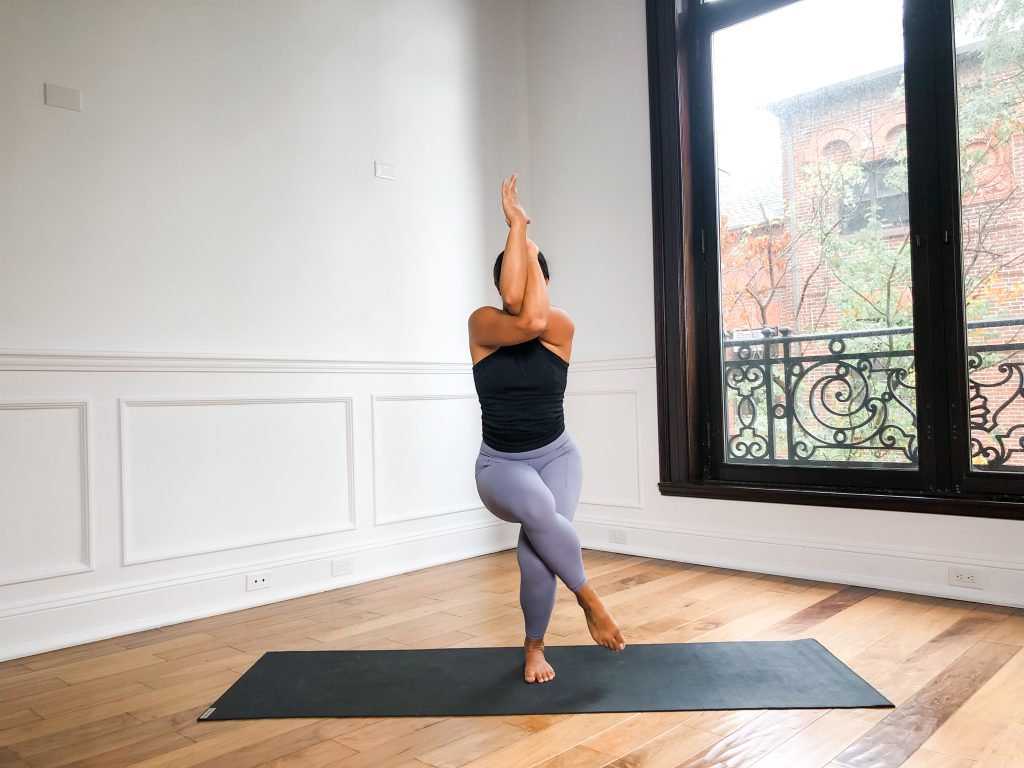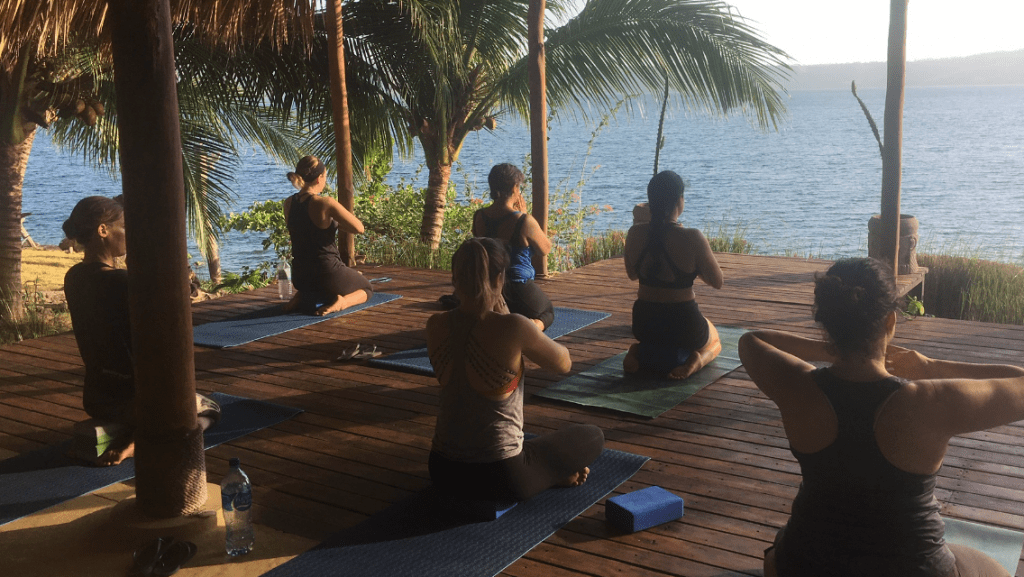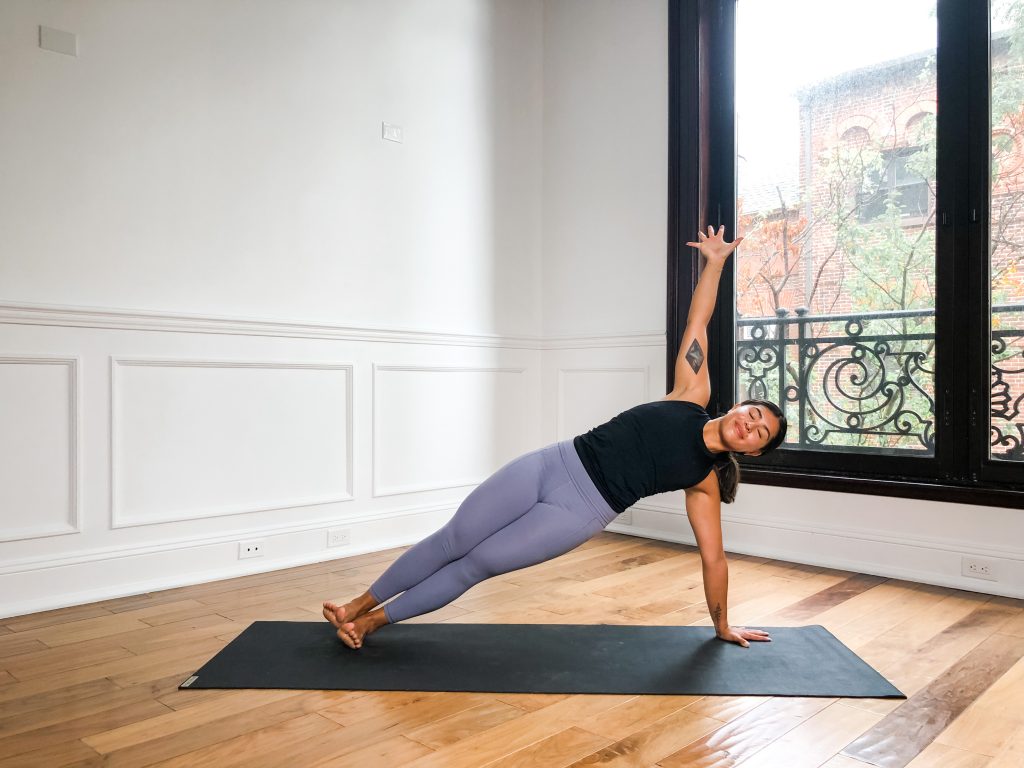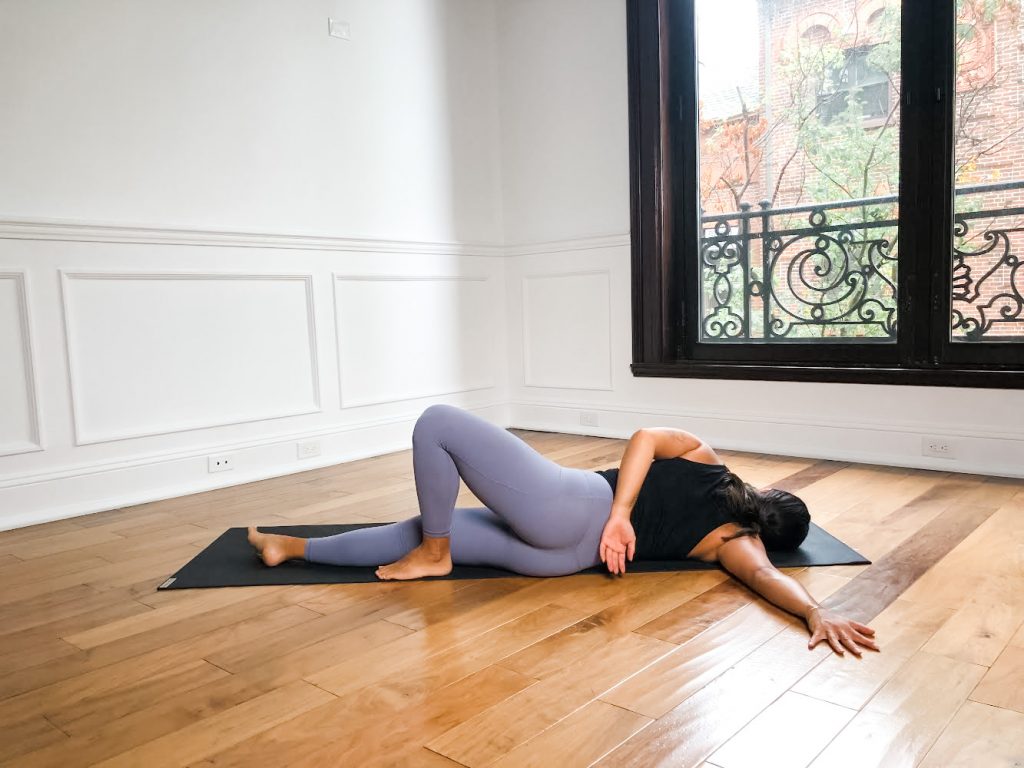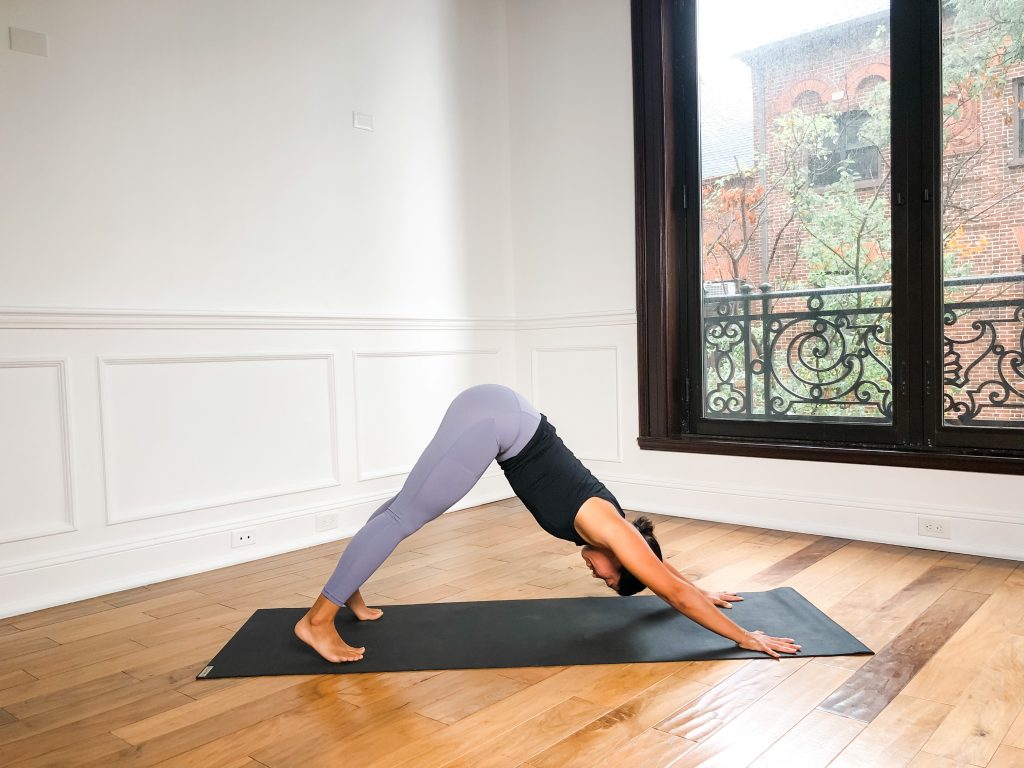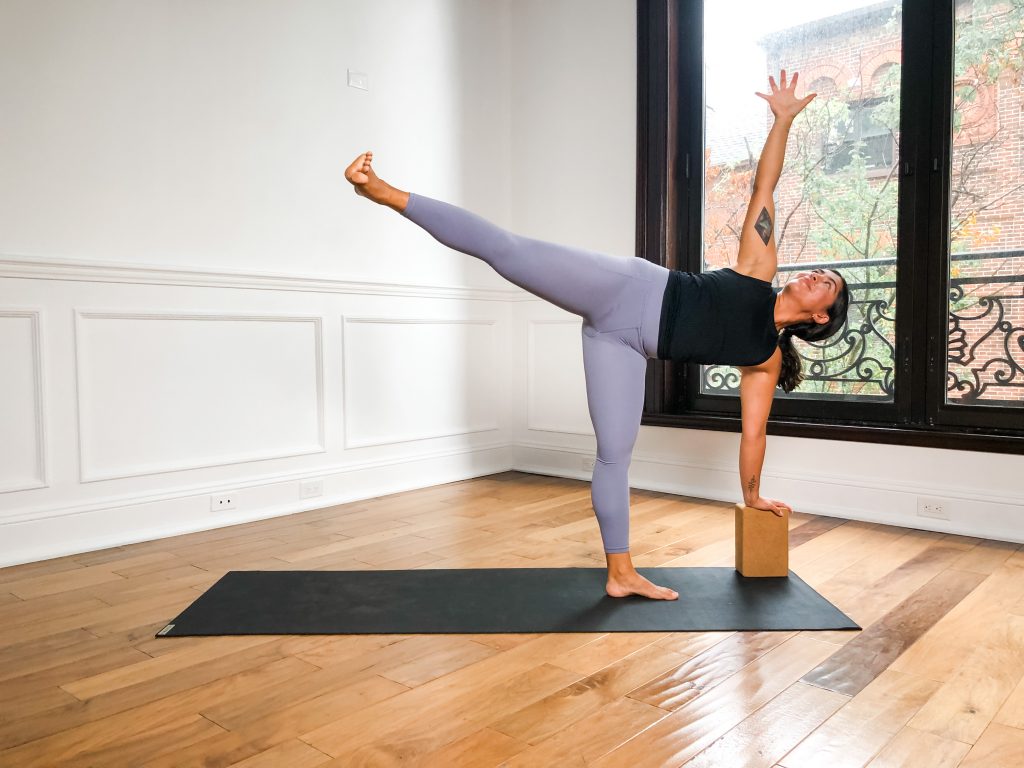What really is karma?
The dictionary defines karma as, “destiny or fate, following as effect from cause.” In Buddhism and Hinduism, karma is referred to the total summation of a person’s actions in this plane of existence, which then acts as their “deciding fate” in existences to come.
However, when we examine the true essence of karma further, we can deduce that karma is not a deciding factor, but rather a set of experiences that we are individually meant to live out instead, regardless of what actions we bring forth by our own doing.
Hinduism also refers to three different types of karma:
- Sanchita — the summation of all of one’s past karma that follow into the next life.
- Prarabdha — past karmas that are to be experienced in the present body.
- Agami — the karma we are creating now in this present moment through the actions and choices we make right now.
What karma actually means…
Basically, all of the definitions of karma refer to one underlying law or principle, and that is that we must live through the consequences, or adverse actions, of past choices, actions, and experiences. This law of karma is said to keep humans intertwined with the natural rhythm of living out life. Everything must be experienced, and that of which that already has been lived can revisit us in the present life in many forms as well as in future lives.
If everything is energy, then thoughts, feelings, and physical actions can be linked to rebirth. Many of what we feel and live through is cycled from a previous life, according to Hinduism. Karma is a natural law of life and can be explored through many different vehicles.
What is the basic belief of karma?
As one article on Uplift explains the law of karma, “At some point in your life, you chose it, by your actions,” which is a pretty powerful statement. It puts an end to the wondering of why or how such inexplainable things could happen, or why we have an urge to trust in the universe that things will sort out the way they’re supposed to.
The law of karma can also almost act as a moral compass for us to navigate life with. Perhaps if we are really struggling and know what it’s like to endure hardship, we may find it easier to show compassion once we are out of that state of living. Or, perhaps we encounter a moment that really questions our threshold for getting angry, whether on our own or someone else choosing to get angry with us. We might take peace in knowing that every situation lived is a piece of karma we must live out.
Things like road rage, (s/o to the new Netflix show Beef) can really put karma into perspective. In this show, two distant neighbors engage in a fit of road rage, really taking it to the next level. The whole show is about neither of them backing down to eventually live out pretty miserable lives (this is NOT a spoiler). Neither one of them wants to apologize or dismiss their pride. We can almost guarantee they are both living out their own karmic cycles and, chances are, they may have to relive them again in the next life until they can find peace in this situation.
Is karma good or bad?
You have probably heard the phrase, “That’s some bad karma.” Try not to see karma as being good or bad. It really simply is what it is and whatever you are faced with will present an opportunity to either learn and move forward or become negative and stay stagnant.
You can’t always control what happens to you or how people treat you. You can’t control the majority of things that happen in this lifetime, but you can control how you react to them. Understanding karma means understanding that this world isn’t out to get you. It means understanding that this life is meant to teach you.
You can stay where you are or you can learn the lesson.
Studying the concept of karma also means studying the way you handle everything that comes into your life. Sometimes, it’s easier to keep doing what you’re doing because maybe you’re a strong person and you can handle anything that comes your way.
Yoga teaches us that we don’t need to suffer. We don’t need to be in a mundane or sad life because it’s easier. Yoga philosophy teaches us that we have the ability to learn from our mistakes, analyze why this life is not blissful, and then make those changes. You are in control.
What to do when karma hits you
I probably don’t need to remind you that life can get hard and, as humans, we go through some really sad experiences. The important thing to remember is that we aren’t being punished and we aren’t being picked on. The bad stuff happens because it’s meant to help us move through those experiences and come out wiser, stronger, and kinder.
You don’t deserve the bad stuff, but you deserve the teachings and realizations that the bad stuff brings up. As humans, we all experience suffering. Some people seem to experience it more than others and some people never seem to experience much of it at all. Don’t worry about other people. Focus on yourself and what you personally need to do to move through experiences.
Does karma always come back?
It can be said that ignoring sadness and avoiding any kind of negative feeling will prevent you from experiencing the total bliss that all of us here on Earth are meant to experience. Yoga teaches that bliss is on the other side of sadness.
Notice that I said it’s on the other side. This means you need to go through whatever is happening in order to reach that bliss. If you go under it, over it, or around it, you probably won’t tackle the actual experience that had been put in your way for a chance at growth.
The bumps in the road are sometimes the best way to learn!
It is very possible that my karma is to have a life filled with bumps on my road because that’s the only way I will learn anything. I personally know that I need some tough lessons before I actually see how I’m supposed to learn from them. Maybe you’re not as stubborn, but if you’re anything like me, it might take some time to travel down a really bumpy road filled with obstacles before you learn the lesson.
The good news is that once the lesson is learned, it’s learned. You got it. You learned what this lifetime was meant to teach you in that moment and you created a path that’s a little more clear for yourself.
Karma is my teacher
via GIPHY
While karma may be Taylor Swift and Ice Spice’s boyfriend, around here it is our teacher. Although it can be difficult at first, eventually you will begin to see everything as your teacher. The bad stuff in life doesn’t happen because you’re a bad person. No one deserves that bad stuff. Unfortunately, it still happens. However, you always have a choice.
You can react in a way that causes more negativity or you can react in a way that helps you grow and move forward. No one ever said that yoga was easy and no one promised that the concept of karma was fun. The good news is that the work always pays off.
“What goes around, comes around,” may not be what you think
You may have heard it before, but it’s always important to remember that this life is happening for you and it’s not happening to you. If you can embody that fact, you will be able to see everything as a blessing and everything as an opportunity to grow rather than dodging inevitable, dooming consequences that come your way.
Most of the difficult people, situations, and experiences that happen in your life will become your favorite lessons. The sooner you can move away from the, “Why me?” attitude, the sooner you will be on the path to bliss and loving this life along with all its gifts.
Anything you experience can be a chance to face your karma and create a positive future. It isn’t always easy and there’s no promise that experiences will become lighter, but the way you handle whatever comes at you is the best way to burn through old karma and live in much more mindful way.
What is karma through the lens of yoga?
When we visit the concept of karma through the yoga lens, karma really just means action. In terms of yoga philosophy, karma deals a lot with the concept of rebirth. If we’re dealing with something really difficult right now, we are essentially burning through karma. If we don’t learn the lessons, we are to repeat them.
Yoga teaches us patience and can act as a vehicle to live out karma. When practicing yoga, intentions can be set to wish well upon yourself and others. As a communal practice, it strengthens the ties you have with people presently in your life, even strangers. Living out our karmic cycle is unavoidable in yoga, and as Julie explains in the video, all karma really is is action. We must coexist with it and realize it is a part of human nature.
